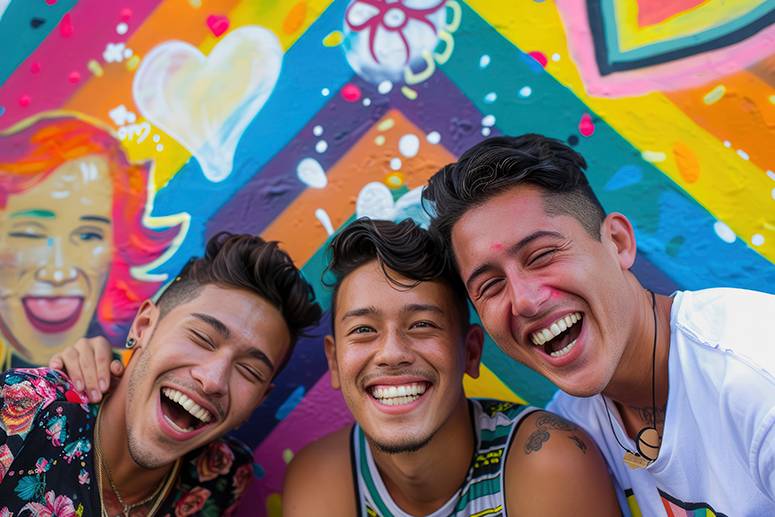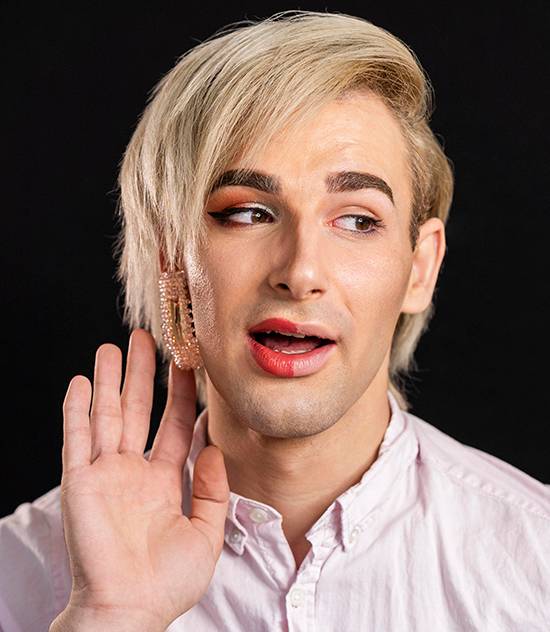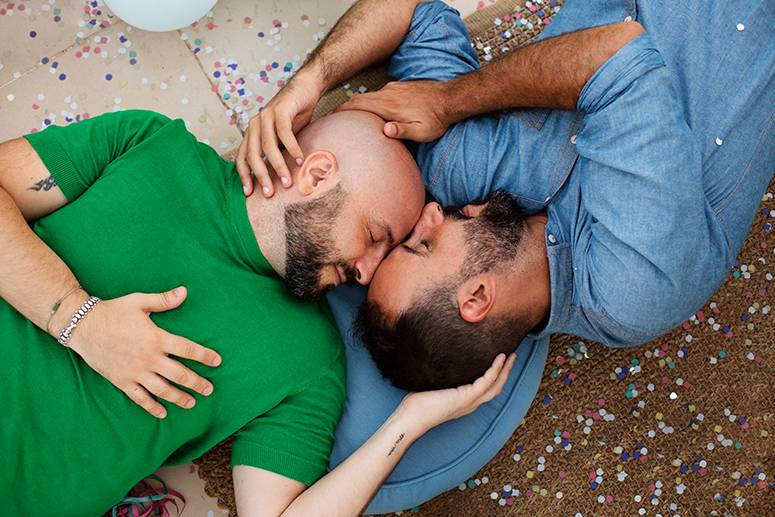Unmasking ‘masc4masc’
Dating and romance as a queer man is a lot like competing in a pageant—you’re heavily judged on beauty, brains, and brawn. The only difference, aside from no audience impact, is that the question-and-answer portion often focuses on whether or not you’re masculine enough, and your answer will determine whether you’re a potential lover or bestie.
Questions along the lines of “Manly ka ba?” are actual conversation starters on dating platforms. Less forward are labels like “discreet,” “no trace,” and “masc4masc”—indicators that a person is masculine and exclusively dates equally, if not more, masculine partners. These are gay men who are not necessarily closeted but are able to pass as straight.
Is it truly about preference, or is it about the deep-seated need to conform to a world that still struggles to accept queerness in all its forms?
While preferring or being masculine is not wrong, masc4masc becomes an issue when straight-passing becomes the primary, and sometimes the only, barometer of a person's attractiveness. This idealizes and pressures effeminate queer men into heteronormativity. Dating and romance, then, become borderline discriminatory.
As a queer man who’s not exactly the poster child for traditional masculinity, looking for love can be difficult. Yes, I can deepen my voice, build a more acceptable physique, and temper my movements to seem less queer, but that’s only a fraction of who I am or can be. My value being tied to sustained manliness, a trait I have little to no control over, is very disheartening. In pageant parlance, if masculinity wins the crown, effeminate men can only qualify for Mr. Congeniality.

It’s easy to dismiss this reverence for masculinity as just a preference, but unlike the finality and irrevocability of a pageant’s result, preferences can be scrutinized. After all, our biases are often shaped by societal norms.
In a research by Ben Gerrard, a gender and sexuality researcher at the University of Sydney, preference for masculinity was creatively demonstrated. Queer and heterosexual men watched videos of professional actors portraying a single script in both feminine and masculine manner. They were then asked to choose which actors could be leaders. Most of them favored masculine-gay actors.
Biases against queer effeminate men goes beyond dating. It’s in our workplaces, shared spaces, and even our homes. Exacerbated by a predominantly conservative and religious culture, queer men are socialized into shame and self-hatred. We are made to believe that queerness is undesirable. Can we, then, blame masc4masc men for their preference?

I must admit, I, too, used to only be attracted to masculine men. Growing up ridiculed for my effeminacy, it never crossed my mind that it could be an object of desire, either mine or someone else’s. My preference for masculine men was because of internalizing negative beliefs about queerness. Because I was laughed at for my voice, mannerisms, and queerisms, I never thought that someone who’s just like me could be attractive.
It can be true that masc4masc is not inherently a sign of self-hatred or internalized homophobia. However, its prevalence in the gay community necessitates us to question its existence. The point is not to dictate what a person should or should not like, but to interrogate whether or not this attraction is potentially prejudicial.
The criticism of masc4masc is not about attraction—it’s about exclusion. Masc4masc excludes queer feminine men from romantic and sexual desirability; this creates harmful hierarchies and perpetuates the same prejudices that queer people have historically fought against.

For queer men who already face external discrimination, this internal policing makes dating an even more challenging and alienating experience. Effeminate men who are repeatedly rejected may struggle with self-worth and identity. This can lead to queer men attempting to suppress their natural mannerisms, adopting a forced version of masculinity that would fit into the mold of what is attractive. Others may even disengage from dating altogether, convinced that they simply are not what anyone wants.
So how do we begin to dismantle these biases?
Understanding that attraction is not purely innate but shaped by societal influences allows us to challenge the assumptions we have about desirability. Preferences should not be immune to critique, especially when they contribute to exclusion and discrimination.
Our conversations about masculinity within the queer community must continue to evolve. We must ask ourselves why we prize masculinity to the extent that it dictates romantic and social acceptance. Is it truly about preference, or is it about the deep-seated need to conform to a world that still struggles to accept queerness in all its forms?
The reality is that masculinity and femininity are social constructs; fluid and ever-changing. No one should feel pressured to change who they are to fit into an arbitrary standard of desirability. Effeminate men deserve to be loved, not as an exception, but as equals.
Dating should not feel like a pageant where masculinity wins by default. True connection is not measured by how well someone conforms to heteronormative ideals but by authenticity, emotional depth, and mutual respect. If we want a queer community that is truly inclusive, we must move beyond the rigid binaries of “masc” and “fem” and recognize that every expression of identity is worthy of love.


